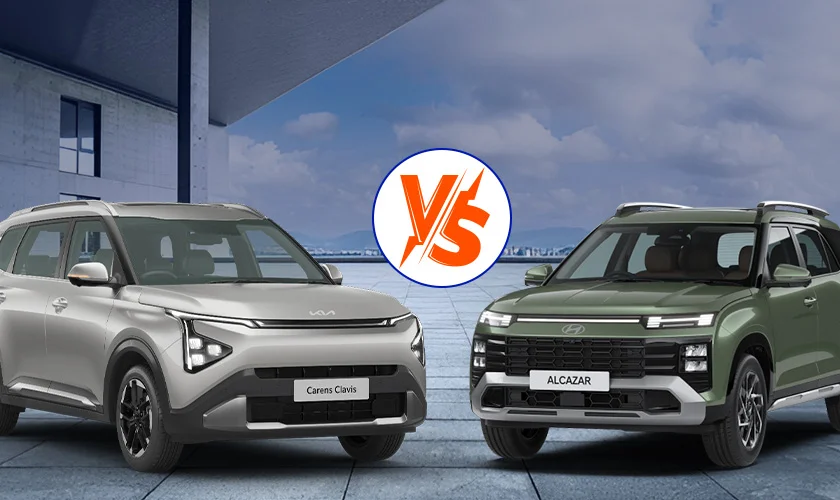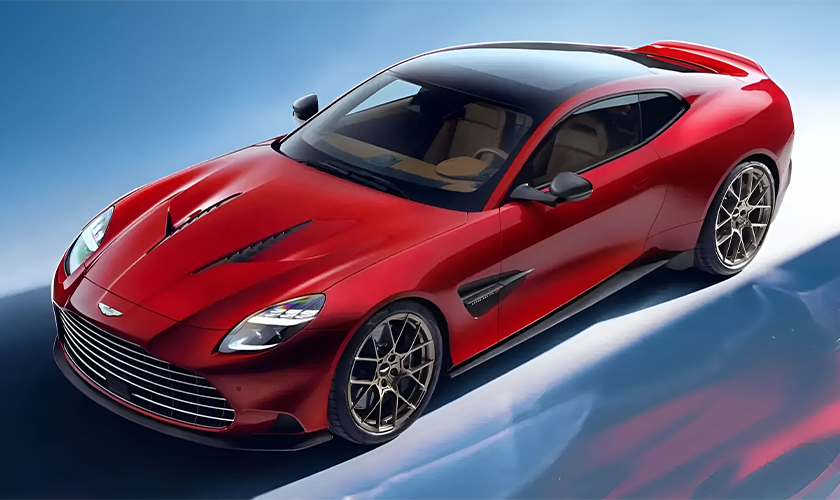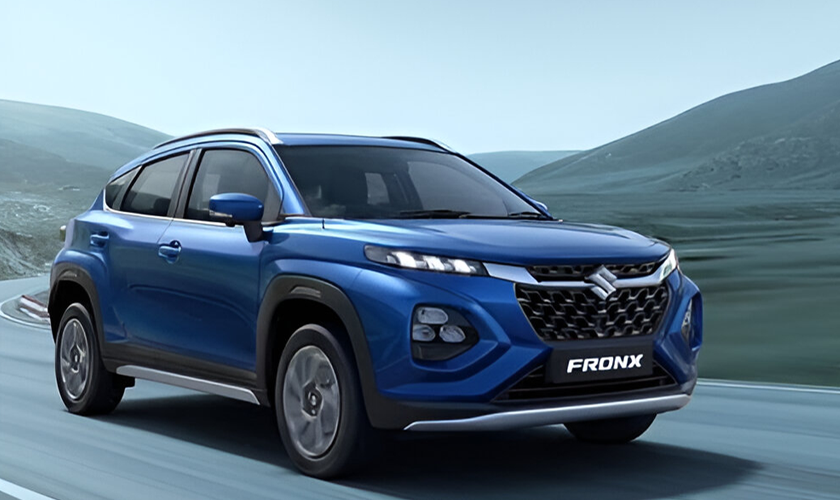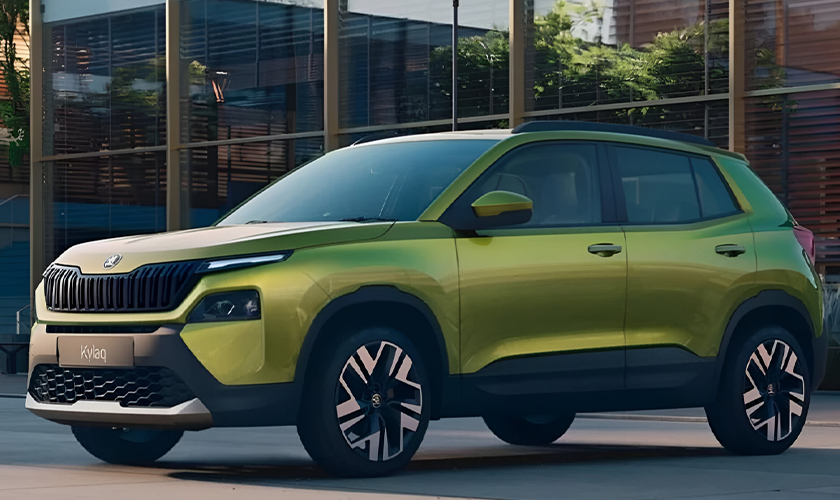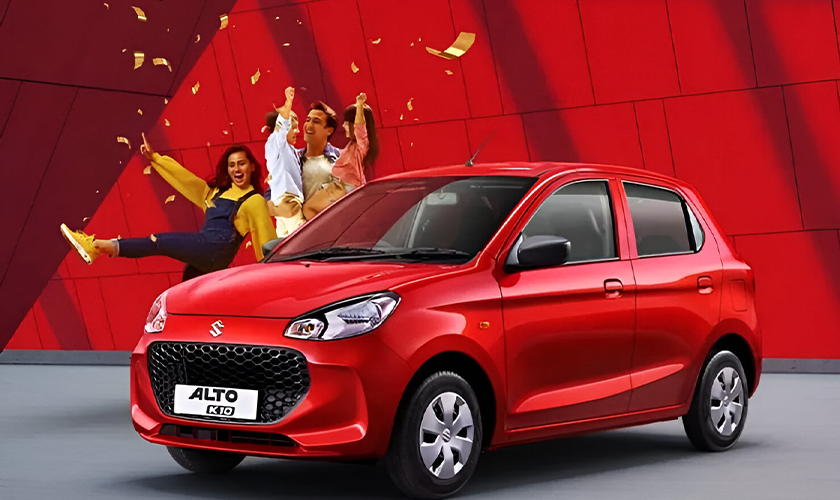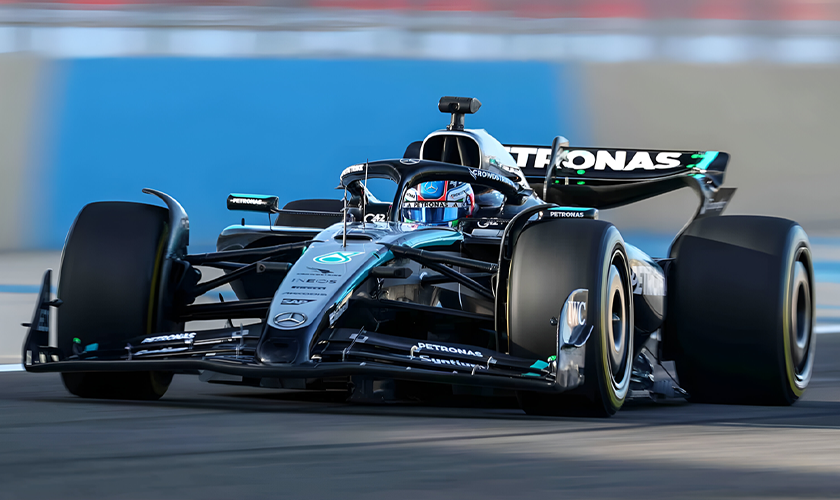05 Apr 2025, 01:24 PM

Donald Trump announced a 25% tariff on vehicles not assembled in the US, effective April 3. Auto parts exports from India may see a slight slowdown as US President Donald Trump’s 25 per cent tariff could increase car prices for buyers by 8–25 per cent, thereby affecting demand. Even foreign-made components used in vehicles assembled domestically will be subject to these tariffs, complicating the supply chain for many automakers.
Morover, global auto majors believe a possible free trade deal resulting from the Trump tariff could create a win-win situation for both domestic and international players.
The Trump government’s reciprocal tariffs have been revised for at least 14 countries, including India.
The move, he claimed, was necessary to revive American manufacturing and correct what he called “horrendous imbalances” in international trade.
US President Trump also highlighted differences in the automobile industry. “Until today, the United States has for decades charged a 2.5 per cent tariff on foreign-made automobiles. The European Union charges us more than 10 per cent, and they have 20 per cent VATs—much, much higher.”
“The US Government has imposed a 25% tariff on passenger vehicles and light trucks. As the PV exports from India to the US represent less than 1% of the total PV exports, the imposition of the tariff does not have any material impact on the Automotive OEMs. The scenario is however different for auto components”
“Auto components have not featured in the latest set of additional tariff announcement. India’s auto components exports accounted for 29% of industry revenues in FY2024. Of this, 27% was to the US. While the situation is evolving, the recent tariff related development and the consequent inflationary pressures and slowdown in demand in the US could have a negative impact on revenue and earnings for component exporters (in the affected product categories) over the next few months. Nevertheless, with higher tariffs being levied on other competing nations, this could also create long-term opportunities for the exporters. Exporters dependent on the US are also trying to diversify their revenue base across other geographies (including Asia). Measures to improve value addition, diversification into non-auto segments and cost-optimisation strategies are also being worked upon to reduce the potential impact on margins.”
“It is to be noted that autos & auto parts and steel & aluminium articles, already subject to Section 232 tariffs at 25%, announced earlier in President Trump’s order on March 26, 2025, are not covered in the aforementioned order. The detailed list of auto components that will be subject to 25% import tariff in the US is however awaited.”
“ACMA remains hopeful that the ongoing bilateral negotiations between the Indian and U.S. governments will lead to a balanced resolution that benefits both economies. We believe that the strong trade relationship between India and the US, especially in the auto components sector, will encourage continued dialogue to mitigate the impacts of these measures.”
CarOnPhone is your one-stop destination to see all upcoming cars, latest cars, released cars, and EV Cars, and compare Cars in all Car Brands. Stay tuned and follow us to update yourself on the automotive world.




